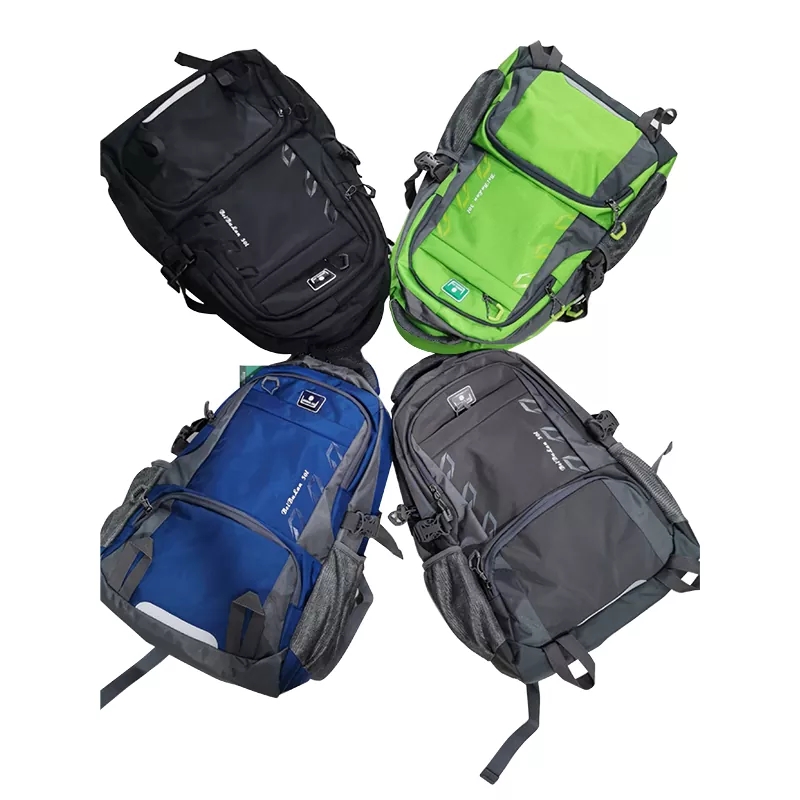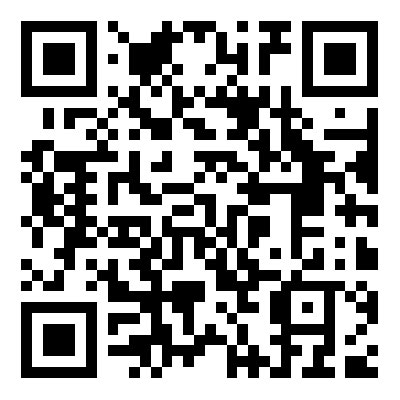Setting the Standard: How Business Travel Bags Differ from Regular Luggage or Backpacks
2024-03-27
Business travel demands efficiency, professionalism, and organization. To meet the unique needs of business travelers, specialized travel bags tailored to their requirements have emerged in the market. These business travel bags offer distinct design features and functionalities that set them apart from regular luggage or backpacks. In this blog post, we'll explore the key differences between business travel bags and regular luggage or backpacks, highlighting their design and functionality.
Design:
1. Professional Aesthetics:
Business travel bags are designed with a focus on professionalism and sophistication. They often feature sleek, minimalist designs with clean lines and muted colors, reflecting a professional image suitable for corporate environments. In contrast, regular luggage or backpacks may prioritize versatility and personal style over professional aesthetics.
2. Organizational Compartments:
Business travel bags are equipped with specialized organizational compartments and pockets tailored to the needs of business travelers. These compartments typically include dedicated slots for laptops, tablets, documents, and accessories, allowing for easy organization and access to essential items during travel. Regular luggage or backpacks may offer fewer organizational features, focusing more on overall storage capacity than specific compartments.
3. Built-In Features:
Business travel bags often incorporate built-in features such as RFID-blocking pockets, TSA-friendly laptop compartments, and USB charging ports to enhance functionality and convenience for travelers. These integrated features cater to the specific needs of business travelers, providing added security, convenience, and connectivity while on the go. Regular luggage or backpacks may offer fewer built-in features, with functionality varying depending on the brand and model.
Functionality:
1. Portability and Mobility:
Business travel bags are designed for portability and mobility, offering features such as padded shoulder straps, ergonomic handles, and luggage sleeves for easy transport. They are typically lightweight and compact, allowing for seamless navigation through airports, hotels, and business meetings. Regular luggage or backpacks may prioritize storage capacity over portability, resulting in larger, bulkier designs that may be less convenient for frequent travel.
2. Security and Protection:
Business travel bags prioritize security and protection for valuable items such as laptops, tablets, and documents. They often feature security-enhancing elements such as lockable zippers, slash-resistant construction, and RFID-blocking pockets to safeguard belongings from theft, loss, or unauthorized access. Regular luggage or backpacks may offer basic security features but may not provide the same level of protection tailored to the needs of business travelers.
3. Organization and Accessibility:
Business travel bags emphasize organization and accessibility, with dedicated compartments and pockets for efficient storage and retrieval of essential items. They are designed to keep belongings neatly organized and easily accessible during travel, minimizing the time and effort required to locate specific items. Regular luggage or backpacks may offer less specialized organization, requiring travelers to pack and unpack items more manually.
In conclusion, business travel bags differentiate themselves from regular luggage or backpacks through their professional aesthetics, specialized organizational compartments, and enhanced functionality tailored to the needs of business travelers. By prioritizing features such as professional design, organizational compartments, built-in features, portability, security, and accessibility, business travel bags provide a tailored solution for professionals who require efficiency, organization, and convenience while on the road. When choosing a travel bag for business purposes, consider these differences to find the best option that meets your specific travel needs and reflects your professional image.



